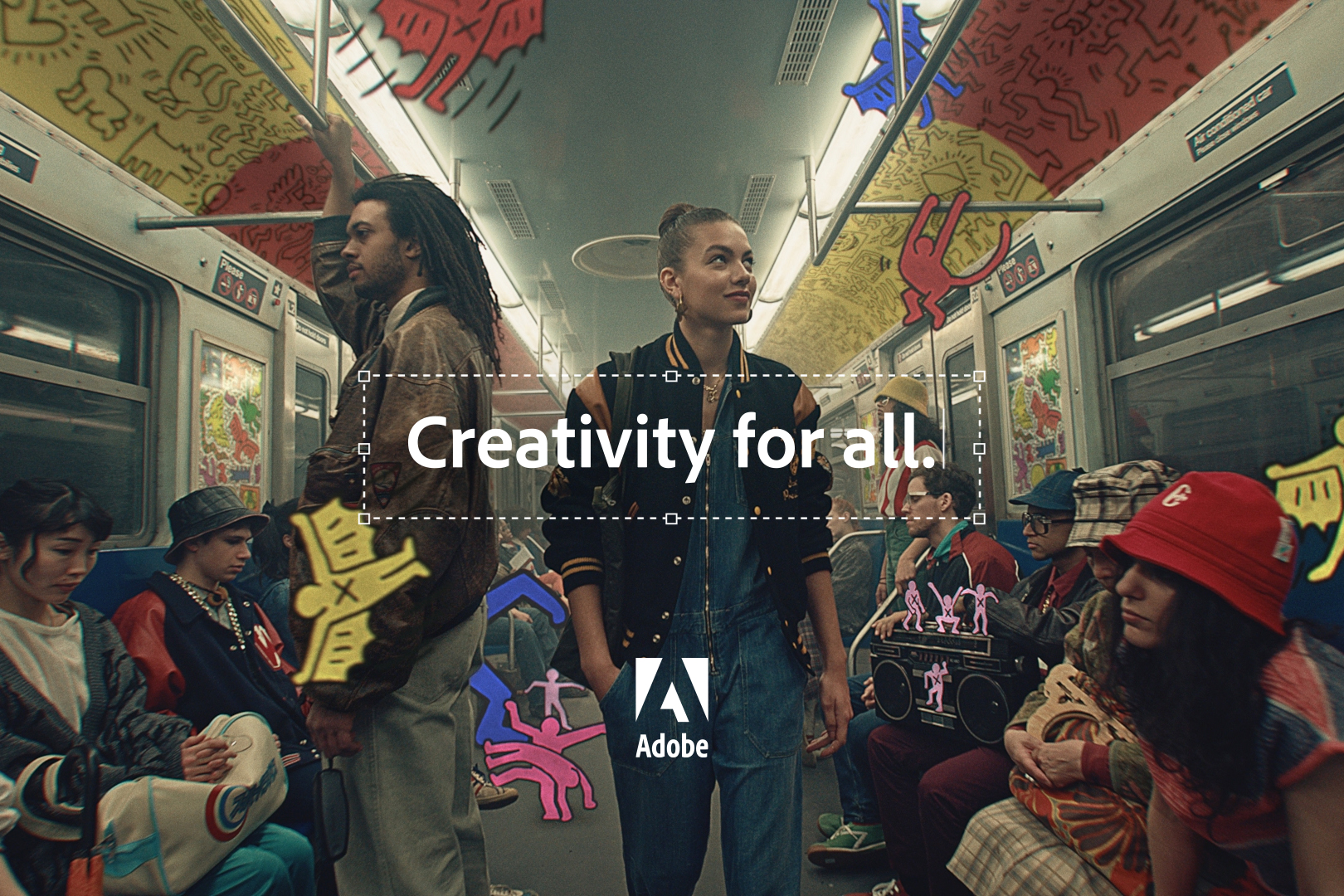Five doctoral candidates in the inaugural MIT-IBM Watson AI Lab Summer Program are testing fresh AI techniques to improve safety, speed, and reasoning across complex data. The work, carried out in Cambridge and supported by the joint lab’s mentors, centers on model plumbing and training strategies that could shape how future systems reason over text, images, and knowledge sources.
The students describe a toolkit that spans training “probes,” routing methods, new attention designs, synthetic datasets, and program-synthesis approaches. Their goal is to make AI systems more reliable during inference, more aware of known facts, and more effective at linking information from multiple modalities. As one summary put it:
“Five PhD students from the inaugural class of the MIT-IBM Watson AI Lab Summer Program are building AI pipelines with probes, routers, new attention mechanisms, synthetic datasets, and program-synthesis and more to improve safety, inference efficiency, multimodal data, and knowledge-grounded reasoning.”
Why This Matters Now
AI models are being used in customer service, search, coding help, and medical research. With higher stakes, interest has grown in guardrails that prevent harmful or incorrect outputs. At the same time, the cost of running large models is rising. That makes inference efficiency and targeted computation key priorities.
The MIT-IBM Watson AI Lab, launched as a collaboration between academia and industry, focuses on research that can be tested in real applications. Summer programs often act as testbeds, giving students a chance to try new methods under time pressure, share results with peers, and learn from real-world constraints.
The Technical Playbook
The cohort is exploring methods that address both quality and cost. Their toolkit includes:
- Probes: Lightweight diagnostics to check what a model has learned and how it represents concepts.
- Routers: Systems that direct inputs to different experts or model branches to save compute and improve accuracy.
- Attention mechanisms: New designs that aim to focus on the most relevant tokens or regions with less overhead.
- Synthetic datasets: Curated data generated to target rare or risky cases for training and evaluation.
- Program synthesis: Structured reasoning that turns problems into step-by-step programs a model can execute or verify.
Together, these pieces point to modular AI pipelines. Rather than relying on one giant model for everything, the approach mixes interpretable checks, dynamic routing, and structured steps that can be audited.
Safety and Reliability
Safety is a central goal. Probes can reveal whether safety rules are internalized or only surface-level. Synthetic data can stress-test edge cases that appear rarely in natural data, such as misleading prompts or subtle policy violations.
Program-synthesis methods can break complex tasks into verifiable steps. That may reduce hallucinations by tying answers to explicit procedures or external tools. Paired with attention updates, these steps can help models track references and cite knowledge sources more clearly.
Speed and Cost at Inference
Routers promise savings by sending each input to the right expert. That can cut latency and reduce spending on large models that do not need to run on every request. Attention tweaks can also reduce the computational load by focusing compute where it has the most impact.
Efficiency gains matter to companies that deploy models at scale. Even small reductions in tokens processed per request add up when millions of users interact with a system.
Multimodal and Knowledge-Grounded Reasoning
The group is also working on models that handle text with images and other data types. Clearer attention and routing across modalities can help systems connect a chart with a caption or align an image with a medical note. Knowledge grounding remains a challenge, especially when facts change or conflict.
Using probes to check factual recall, and program-synthesis to structure lookups, can improve transparency. Synthetic datasets can target domain shifts, such as updated clinical guidelines or new product specs, to keep models current.
What Could Come Next
The work hints at a future of AI built from smaller, testable parts. Auditable steps and targeted routing may help teams certify models for sensitive uses, from finance to healthcare. The approach could also make it easier to patch errors without retraining large systems from scratch.
Risks remain. Synthetic data can introduce bias if not carefully reviewed. New attention schemes must prove their stability and benefit at scale. And program-synthesis pipelines can be brittle if assumptions fail in the wild.
Still, the early direction shows promise: safer outputs, faster inference, and clearer reasoning trails. As the summer projects wrap, results could inform open-source toolkits or pilot deployments with partners. Watch for benchmarks on safety tests, cost savings from routing, and measurable gains in multimodal tasks. Those signals will show whether these methods can move from lab notebooks to production systems.








